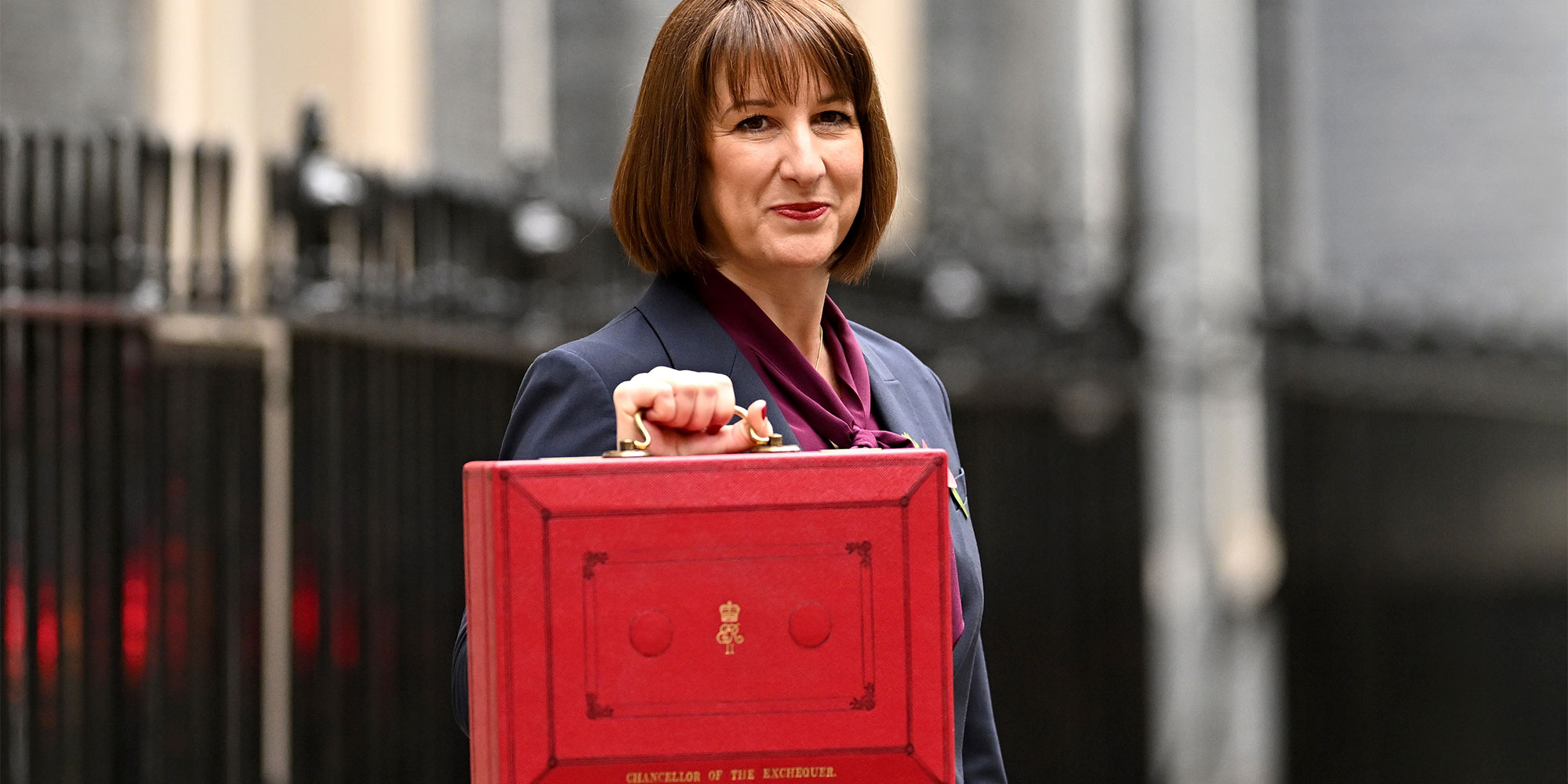


News
Keep up with latest industry and accounting news here.
Blog
Director’s Loan Accounts: What Limited Company Directors Need to Know in 2025
.png)
9
November
2022
A Director’s Loan Account (DLA) can be a valuable way to manage cash between you and your limited company, but it’s also an area where HMRC scrutiny is increasing, especially around taxes and National Insurance (NI).
If your DLA is overdrawn (meaning you owe the company money) you could face extra Corporation Tax under Section 455 if the balance isn’t cleared within nine months of the company year-end. For 2025, that rate remains at 33.75%, matching dividend tax rates.
There may also be NI implications if the loan is written off or treated as additional pay. Where interest-free or low-interest loans exceed £10,000, a benefit-in-kind charge applies, affecting both the company and the director personally.
If you’ve lent money to your company, the picture looks brighter: interest payments can be structured tax-efficiently, provided they’re properly recorded and declared.
In short, your DLA isn’t just a bookkeeping line, it’s a tax planning opportunity when handled strategically. Keeping it clean, documented, and reconciled helps you stay compliant and protect cash flow.
Thank you
Categories
Recent Related Posts
Back
Services
Services to meet your needs


.png)
.png)

.png)







